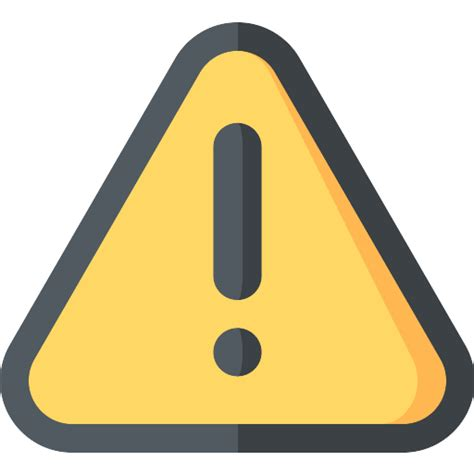Themes
Customizing OneCommander's appearance
There is a lot you can do to OneCommander's appearance using its various Settings in particular by choosing a different Theme, Font, Default folder icon, File icons pack, Scrollbar style and much more.
But there's even more you can do if you don't mind exploring further under OneCommander's hood. It is possible to create custom themes, create custom icons packs, and similar.
You can reach this folder quickly by clicking on the About Program and then the Settings Location button at the bottom of the dialog. You can create a new theme by adding a new folder here and creating the Theme material that you want.
Themes
A theme defines overall look of the UI elements. This includes colors, borders, margins and and similar properties of UI elements. OneCommander comes with a number of built-in Themes, which can be found at Settings > Theme. There are the usual light and dark themes, as well as some alternatives.
Theme can be selected independently from the main Windows theme, or you can select for OC to monitor for Windows theme changes and load either light or dark theme (by selecting Use system theme)

See Creating themes
You can vary the icons in use by choosing various options available in Settings > Theme.  Health and Safety Warnings:
Health and Safety Warnings:
- Always make a copy of a theme before you edit it, and work with the copy, not the original. When OneCommander is updated, it will overwrite any changes in the built-in themes.
Creating new Theme
Easy: make a copy of one of the Themes folders, and work with that.
Accent Color
You can change the color that files take when the mouse passes over them or they are selected in Settings > Theme.
- Depending on the theme, an Accent color will be used on certain elements, such as Columns Pane border or Tabs border.
- In some themes, the Accent Color is part of the theme itself and changing it is disabled (for example in Nord or Nortorn themes).